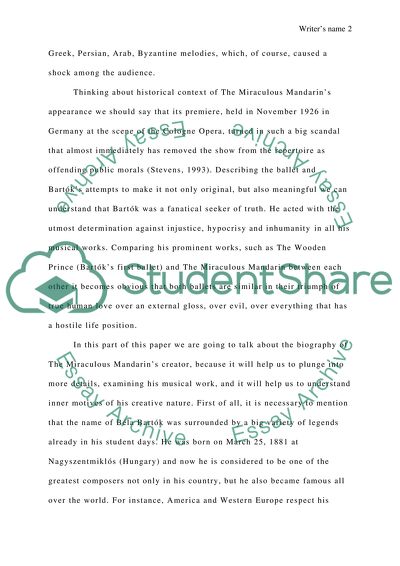Cite this document
(“Expressive cultures: Sounds Research Paper Example | Topics and Well Written Essays - 2000 words”, n.d.)
Retrieved from https://studentshare.org/family-consumer-science/1420607-expressive-cultures-sounds
Retrieved from https://studentshare.org/family-consumer-science/1420607-expressive-cultures-sounds
(Expressive Cultures: Sounds Research Paper Example | Topics and Well Written Essays - 2000 Words)
https://studentshare.org/family-consumer-science/1420607-expressive-cultures-sounds.
https://studentshare.org/family-consumer-science/1420607-expressive-cultures-sounds.
“Expressive Cultures: Sounds Research Paper Example | Topics and Well Written Essays - 2000 Words”, n.d. https://studentshare.org/family-consumer-science/1420607-expressive-cultures-sounds.


